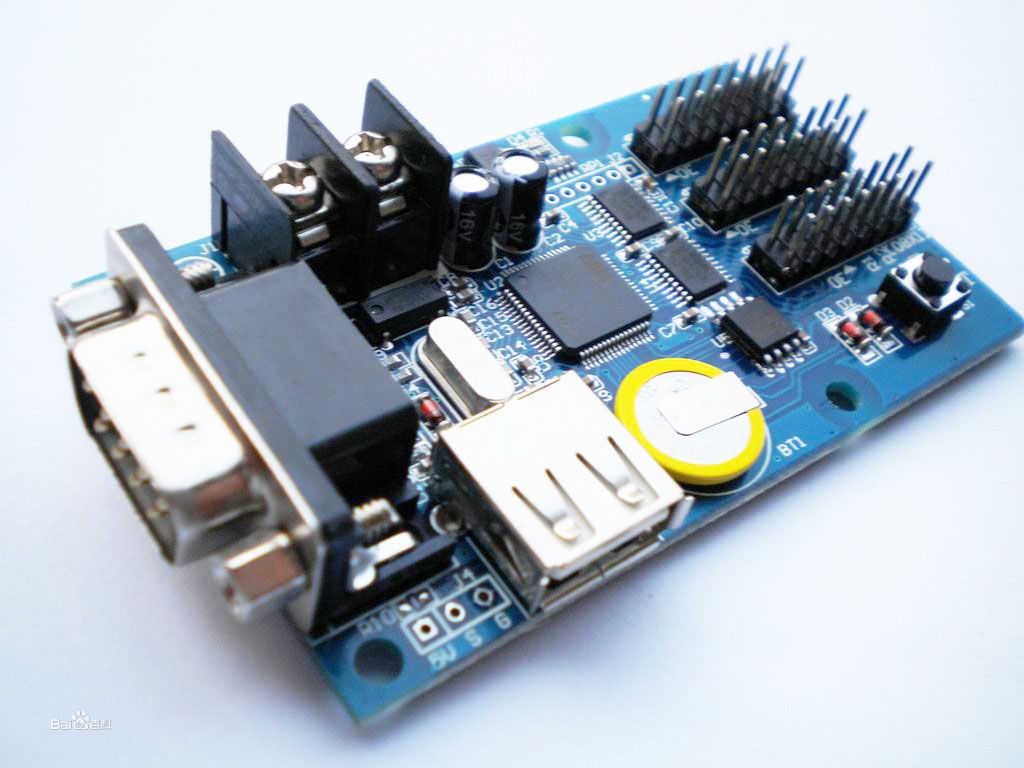Generation Mechanism of Static Electricity
Usually, static electricity is generated by friction or induction.
Tribostatic electricity is generated by the movement of charge generated in the process of contact friction or separation of two objects. The static electricity left by the friction between conductors is usually relatively weak, which is due to the strong conductivity of conductors. The ions generated by friction will quickly move together and neutralize during the friction process and at the end.
After friction, the insulator may produce a high electrostatic voltage, but the amount of charge is very small. This is due to the physical structure of the insulator itself. In the molecular structure of an insulator, it is difficult for electrons to move freely without being bound by the nucleus. Therefore, friction results in only a small amount of molecular or atomic ionization.
Induced static electricity is an electric field formed by the movement of electrons in an object under the action of an electromagnetic field. Induced static electricity can only be generated on conductors. The effect of space electromagnetic field on insulator can be ignored.
Electrostatic Discharge Mechanism
220V mains power can kill people, but thousands of volts on people can’t kill people. What’s the reason? The voltage at both ends of the capacitor meets the following formula: u = q / C. According to this formula, when the capacitance is very small, a small amount of charge will produce a high voltage.
Usually, the capacitance of our bodies and objects around us is very small. When a charge is generated, a small amount of charge will also produce a high voltage. Due to the small amount of charge, the current formed during discharge is very small, the time is very short, the voltage cannot be maintained, and it will drop down in a very short time. Since the human body is not an insulator, the static charges accumulated everywhere in the body will gather when there is a discharge path, so people feel that the current is larger and people feel like an electric shock. After static electricity is generated in conductors such as human body and metal articles, the discharge current will be relatively large.
For materials with good insulation performance, one is that the amount of charge generated is very small; on the other hand, the charge generated is difficult to flow. Although the voltage is high, when there is a discharge path somewhere, only the charge at the contact point and within a very small range nearby can flow and discharge, while the charge at the non-contact point cannot discharge. Therefore, even if there is a voltage of tens of thousands of volts, the discharge energy is very small.
Therefore, although the static voltage of plastic turnover box, packaging foam and chemical fiber carpet is very high, the discharge energy is very small.
The Harm of Static Electricity to Electronic Components
Static electricity is harmful to LEDs and is not a unique “patent” of LEDs. Even commonly used diodes and triodes made of silicon materials are also threatened. Even buildings, trees, and animals may be damaged by static electricity (lightning is a kind of static electricity, we will not consider it here).
So, how does static electricity cause damage to electronic components? I don’t want to go too far, just talk about semiconductor devices, and it’s limited to diodes, triodes, ICs, and LEDs.
Causes of Harm
The damage of electricity to semiconductor components is ultimately the participation of current. Under the action of current, the device is damaged due to heat.
If there is current, there must be voltage. However, semiconductor diodes have a P-N junction, whether it is forward or reverse, the P-N junction will have a voltage range that blocks current. The forward barrier is low, and the reverse barrier is much higher.
In a circuit, where the resistance is large, the voltage is concentrated. But looking at the LED, when the voltage is applied to the LED in the forward direction, when the external voltage is less than the threshold voltage of the diode (the size corresponds to the material forbidden band width), there is no forward current, and the voltage is all applied to the P-N junction.
When the voltage is applied to the LED in the reverse direction, when the external voltage is less than the reverse breakdown voltage of the LED, the voltage is all applied to the P-N junction. At this time, regardless of the LED’s virtual solder joints, the bracket, the P area, or the N area, there is no voltage drop because there is no current.
When the PN junction is broken down, the external voltage will be shared by all the resistors on the circuit. Wherever the resistance is large, which part bears the higher voltage. As far as LED is concerned, it is natural that the P-N junction bears most of the voltage. The thermal power generated on the PN junction is the voltage drop on it multiplied by the current value. If the current value is not limited, excessive heat will burn out the PN junction, and the PN junction will lose its function and pass through.
Why Are ICs More Afraid of Static Electricity
Because the area of each element in the IC is very small, the parasitic capacitance of each element is also very small (often the circuit function requires very small parasitic capacitance). Therefore, a small amount of electrostatic charge will generate a high electrostatic voltage, and the power tolerance of each component is usually very small. Therefore, electrostatic discharge can easily damage the IC.
But ordinary discrete components, such as ordinary low-power diodes and low-power transistors, are not very afraid of static electricity, because their chip area is relatively large, and the parasitic capacitance is relatively large, and it is not easy to accumulate high voltage on them in general static determination.
Low-power MOS transistors are easily damaged by static electricity due to the thin gate oxide layer and small parasitic capacitance. Usually, the three electrodes are short-circuited after the packaging is completed, and the short-circuit wire is often required to be removed after the soldering is completed in use.
And the high-power MOS tube, due to the large chip area, normal static electricity will not damage them. So you will see that now the three electrodes of the power MOS tube are not protected by short-circuit lines (the early manufacturers still short-circuited them before leaving the factory).
LED actually has a diode, and its area is very large relative to each component in the IC. Therefore, the parasitic capacitance of the LED is relatively large. Therefore, the static electricity in general occasions cannot damage the LED.
The static electricity in general occasions, especially the static electricity generated on the insulator, has a very high voltage, but the amount of discharge charge is very small, and the duration of the discharge current is very short.
The voltage of the static electricity induced on the conductor may not be very high, but the discharge current may be very large, and it is often a continuous current. This is very harmful to electronic components.
Why Does Static Electricity Do Not Often Cause Damage to LEDs?
Let’s first look at an experimental phenomenon. A piece of metal iron plate has 500V static electricity. Put the LED on the metal plate (pay attention to the method of putting it to avoid the following problems). Do you say that the LED will be damaged?
Here, the premise for the LED to be damaged is usually to be applied with a voltage greater than its breakdown voltage, that is to say, the two electrodes of the LED must contact the metal plate at the same time and have a voltage greater than the breakdown voltage.
Since the iron plate is a good conductor, the induced voltage is equal everywhere on it. The so-called 500V voltage is relative to the ground. Therefore, there is no voltage between the two electrodes of the LED, so naturally there will be no damage. Unless, you connect one electrode of the LED to the iron plate, and the other electrode is connected to the ground or other conductor with a conductor (hand or wire without insulating gloves).
Conditions for LED Damage Caused by Static Electricity
The above test phenomenon reminds us that when the LED is in an electrostatic field, one electrode must be in contact with the electrostatic body, and the other electrode must be in contact with the ground or other conductors to be damaged. In actual production and application, with the small volume of LED, there is very little chance that such a thing will happen, especially in batches. Accidental events are possible. For example, the LED is on an electrostatic body, and one electrode is in contact with the electrostatic body, and the other electrode is just suspended. If someone touches the suspended electrode at this time, it may damage the LED.
The above phenomenon tells us that the problem of static electricity cannot be ignored. Electrostatic discharge requires a conductive circuit, and it does not cause damage if there is static electricity. When only a small amount of leakage problems occur, it can be regarded as a static accidental damage problem. If it occurs in a large amount, it is more likely to be a problem of chip contamination or stress.



